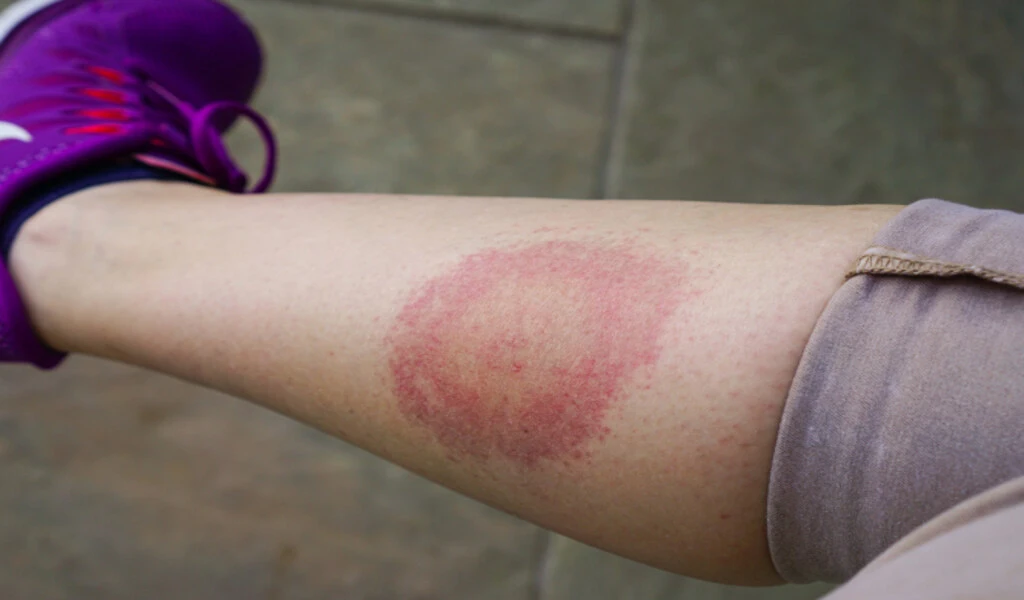Health
Increasing Number Of Tick Bites In France Causes Lyme Disease

In France, a third of people have been bitten by a tick, and this number is on the rise despite increased awareness campaigns about the dangers of Lyme Disease (around 15% of ticks carry the disease).
Lyme disease is a bacterial infection transmitted to humans by infected ticks, but not all ticks carry it. The likelihood of contracting Lyme disease depends on the tick species, where it came from, and how long it bit you.
According to data from a health organization “Santé Publique France” (SPF), published on February 22, the number of people who have been bitten and the number who feel they are at risk of being bitten by ticks is on the rise.
In 2016, a stepped-up campaign to raise awareness about the dangers of tick bites was launched. Bite counts might be increasing either because people are now more aware of the signs to look out for or because bites are becoming more common.
Must Read: Insomnia In Childhood: Early Symptoms Can Put You At The Risk
Where in France is Lyme disease most common?
A whopping 15% of ticks in France are carriers of Lyme disease, with the majority of cases occurring in Grand Est, Bourgogne-Franche-Comté, Auvergne Rhône-Alpes, and Nouvelle Aquitaine.
Data from the research program CiTIQUE shows that 50,133 new cases of Lyme disease were reported in mainland France in 2019. As part of the national plan to fight Lyme disease, CITIQUE was founded in 2017.
What is Lyme disease?
Often called the “invisible disease,” it can affect anyone. It is carried by tick bites, which carry the bacterium Borrelia burgdorferi sensu lato.
Symptoms include muscle spasms and paralysis, intense migraines, fever, dizziness, fatigue, and balance problems. The symptoms are often similar to those of other conditions, making diagnosis difficult.
The extent of the condition is still debated by some doctors, and it is frequently confused with psychological problems.
Must Read: Stuttering: Understanding The Biology Mysterious Condition
How can I avoid Lyme disease tick bites?
- Apply an anti-tick spray.
- Make sure you wear long, light-colored clothing to cover excess skin and to enable you to see ticks if they appear
- Children should wear hats, especially if they are playing in the grass or have their heads near tall bushes and grasses
- After going outside, wash your clothes at 60C or tumble dry them for at least an hour, as ticks do not like dry heat
- Make sure there are no ticks on your skin, especially in folds of skin or private areas
- Additionally, check the fur or skin of your pets, as they can become tick hosts and bring them indoors
What if I think I have been bitten?
If you believe you have been bitten or know you have been bitten, you should:
- With tweezers, remove the tick’s head, taking care not to crush the tick’s body or head as you remove it
- During the next month, keep a close eye on your general health and any symptoms you may be experiencing; tick bites that cause Lyme disease often result in a “bull’s eye” red ring around the bite.
- If you are not able to remove the tick yourself, seek medical help as soon as possible
- To avoid developing Lyme disease long-term, request antibiotic treatment with your doctor or health professional within the next 24 hours.
Also Check:
The Importance of a Healthy Lifestyle for Students
An Ultimate Guide For Using Tonic Water
The Perfect Fruits to Help Lower Blood Sugar, Says Nutritionist






























